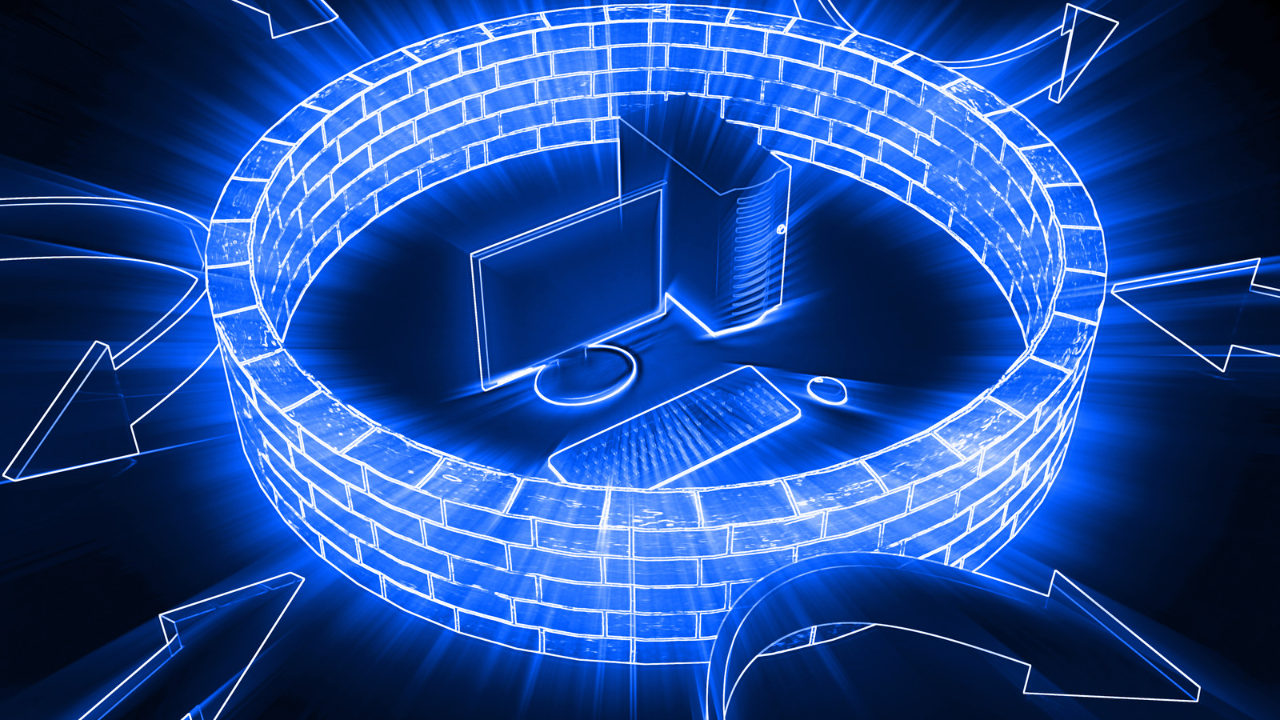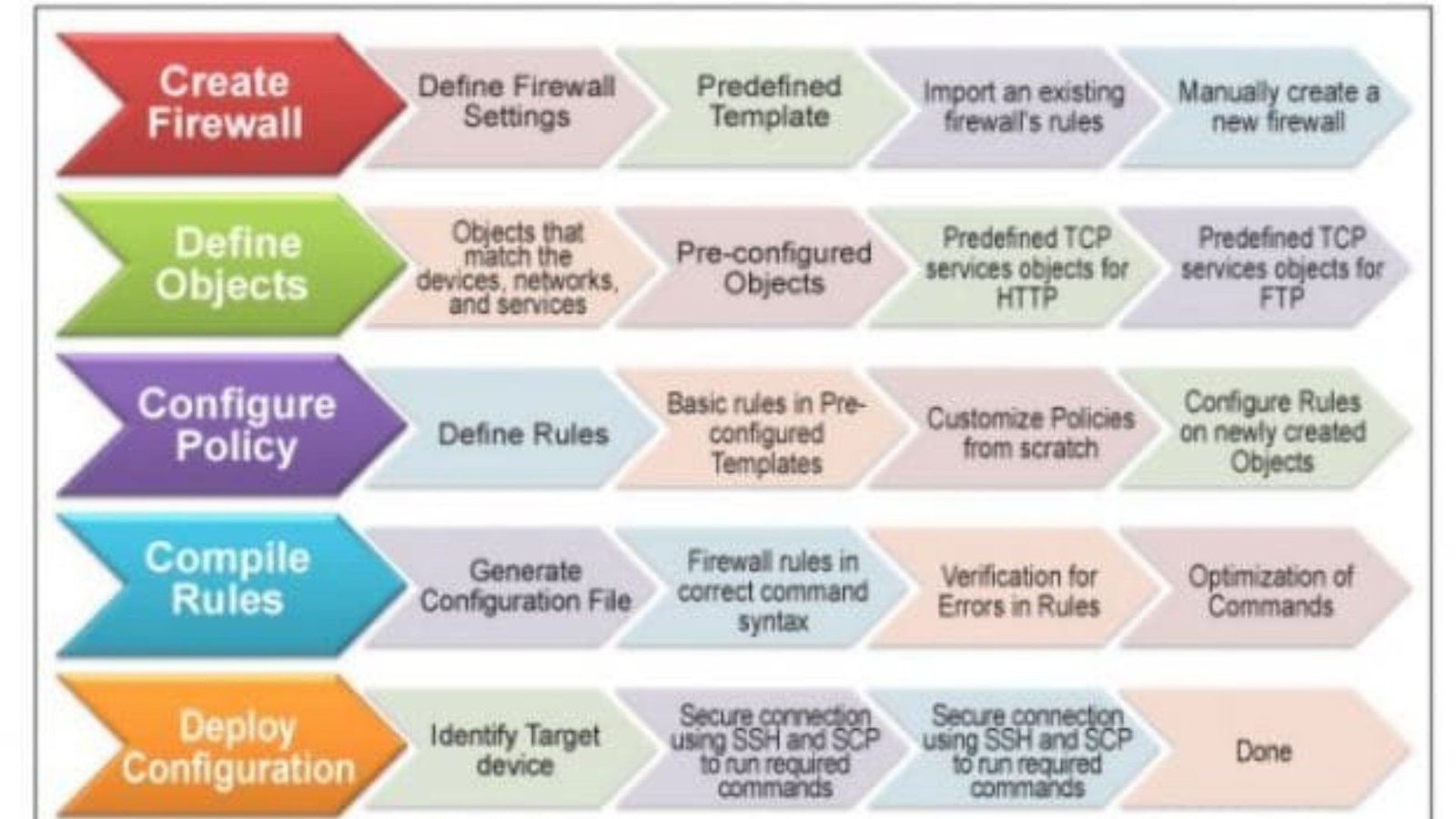When it comes to firewall maintenance, ensuring your firewall remains effective against cyber threats is crucial. Regular upkeep helps protect your network from vulnerabilities and unauthorized access. In this guide, we’ll cover the essential practices you need to follow to keep your firewall in top shape.
Understand Your Firewall’s Role
To effectively handle firewall maintenance, you first need to understand what your firewall does. A firewall acts as a barrier between your internal network and external threats, controlling traffic based on security rules. Knowing its functions and limitations helps you make informed decisions about its upkeep.
1. Regularly Update Firewall Firmware
One of the first steps in firewall maintenance is keeping your firewall firmware up to date. Manufacturers regularly release updates to fix bugs and address security vulnerabilities. Check for firmware updates regularly and apply them promptly to ensure your firewall is protected against the latest threats.
2. Review and Update Firewall Rules
Firewalls use rules to determine what traffic is allowed or blocked. Over time, these rules may become outdated or insufficient. Regularly review and update your firewall rules to reflect current security needs. Remove obsolete rules and adjust settings to address new threats or changes in your network.
3. Conduct Regular Security Audits
Regular security audits are a vital part of firewall maintenance. These audits involve examining your firewall’s configuration and performance to identify any weaknesses or areas for improvement. Conducting these audits helps ensure that your firewall is functioning as intended and provides valuable insights for enhancing security.
4. Monitor Firewall Logs Continuously
Firewall logs provide crucial information about network activity and potential security incidents. Regularly monitor these logs to detect unusual patterns or unauthorized access attempts. Set up alerts for critical events to respond quickly to potential threats and maintain network security.
5. Implement Redundancy and Backup
To protect against potential failures, implement redundancy and backup solutions for your firewall. This practice ensures that if your primary firewall fails, a secondary one can take over without disrupting network security. Regularly back up your firewall configuration settings so you can quickly restore them if needed.
6. Test Firewall Performance Regularly
Regular performance testing is essential for firewall maintenance. Conduct tests to ensure that your firewall is handling traffic efficiently and without introducing latency. Performance issues can affect network speed and security, so addressing them promptly helps maintain optimal functionality.
Smart Web Solutions and Engaging Online Entertainment
OneCatWeb.com specializes in delivering clean, efficient web design and digital solutions tailored for small businesses and creatives. Just as great websites combine function and flair, online entertainment platforms should offer both excitement and reliability. For those looking to relax with a classic card game, real money online baccarat provides a secure and engaging option. Whether building websites or enjoying digital play, success lies in simplicity and smart design.
7. Educate Your Team on Firewall Management
Effective firewall maintenance involves educating your team about firewall management and security best practices. Training ensures that everyone understands the importance of maintaining firewall settings and adhering to security policies. A well-informed team is crucial for preventing human errors that could compromise network security.
8. Review Access Controls and User Permissions
Regularly review and update access controls and user permissions. Ensure that only authorized personnel have access to firewall settings and management tools. Restricting access helps prevent unauthorized changes and maintains the integrity of your firewall configuration.
9. Verify Firewall Compatibility with New Technologies
As your network evolves and you introduce new technologies, ensure that your firewall is compatible with them. Compatibility issues can create security gaps or operational problems. Regularly check for updates or upgrades to ensure your firewall can effectively protect against emerging threats.
10. Integrate Firewall with Other Security Tools
For comprehensive security, integrate your firewall with other security tools, such as intrusion detection systems (IDS) and antivirus software. This integration enhances your firewall’s ability to detect and respond to threats, providing a multi-layered approach to network protection.
11. Adjust Firewall Settings for Network Changes
As your network grows or changes, adjust your firewall settings accordingly. New devices, applications, or services may require different firewall configurations. Regularly assess network changes and update firewall settings to accommodate these adjustments while maintaining security.
12. Ensure Proper Firewall Configuration
A well-configured firewall is essential for effective firewall maintenance. Ensure that your firewall settings are correctly configured to align with your security policies and organizational needs. Misconfigurations can create vulnerabilities, so double-check settings regularly to maintain security.
13. Stay Informed About Emerging Threats
The cybersecurity landscape is constantly evolving, and staying informed about emerging threats is crucial for effective firewall maintenance. Follow industry news, security blogs, and threat intelligence reports to stay updated on new vulnerabilities and attack methods. This knowledge helps you adjust your firewall settings to address new threats.
Security Standards and the Future of Online Transactions
Online gaming platforms, such as online Australian casinos, serve as useful case studies for developers and cybersecurity professionals. From SSL encryption to anti-DDoS protocols, these sites implement a range of security features designed to protect users in fast-paced digital environments.
As cyber threats become increasingly sophisticated, maintaining robust protection mechanisms is crucial—not just for gaming platforms but for any digital service that handles sensitive user information or financial data.
Conclusion
Effective firewall maintenance is essential for safeguarding your network against cyber threats. By following these best practices, you can ensure that your firewall remains a robust defense mechanism, protecting your network from vulnerabilities and unauthorized access. Regular updates, monitoring, and education are key components of a successful firewall maintenance strategy.










